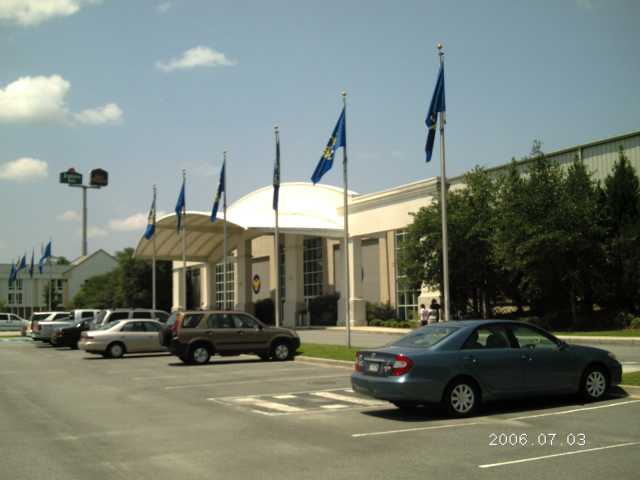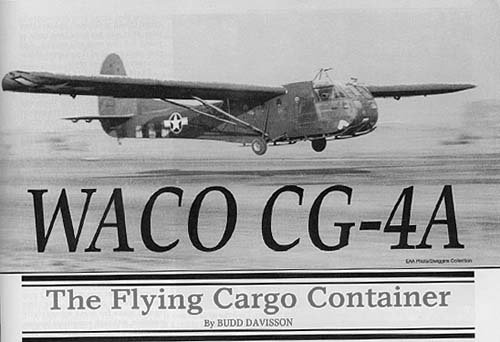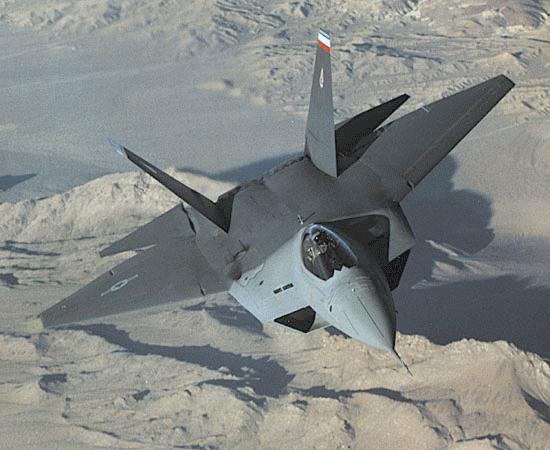Part I, Part II, Part III,Part IV, Part V, Part VI,
Part VII, Part VIII
As you might imagine from the previous posts, we were busy. For this set of ops, each CVBG would handle one target each, so deconfliction would be pretty easy. Having been in the Med since January and assigned to chase a subsurface threat that never materialized, this time the ASW Commander’s Intentions message speculated there would be no opposition in that area. Not only did the Libyan’s show little interest in coming out to sea to try to get a torpedo off at us, the Soviet subs had largely been replaced with surface ships over the last month, which we assumed was a strategic move to limit the possibility of one of their subs being engaged. Not only did the SOVREMNNEY DDG and KARA CG become our “tattletales,” they had made it a point to stay on the north side of the formations, but always within visual range of the carrier.
Our CVBG had been in the western Med, at port visits. We had gotten underway and directed to steam to the north of Sicily. We “parked” up there, and then in the late day of the 13th, we were ordered to plan for a modified EMCON “A” transit of the Strait of Messina, that narrow passge between the boot of Italy and the island of Sicily. we would have to proceed single file, and with all our military radios and radars off. We would keep our navigational lights on.
THe Strait of Messina is a challenge, even in the daylight, because there is a ferry to the island and the captains decided they have the right of way over all others. There is plenty of other traffic, such as vessels coming from Naples and heading south and east, and then throw in the fishermen. Now, envision this all happening on a dark night, with a low, solid overcast, so any moonlight is eliminated as an aid to the lookouts and bridge watch teams.
In amongst all this planning, we heard the USAF was going to participate. The air wing weaponeers then had to shift their work to set up a two carrier strike on Benghazi, while the Air Force would take out the targets in Tripoli. Side note: The Libyans have renamed their city to Tarabulus from Tripoli. Thankfully, my staff didn’t need to be flexible over this issue, so we settled in to set up planning the screening ship stations for the transit.
I don’t recall what time we departed our staion north of Sicily, but it was well into the night. We took off at high speed fro the Strait of Maessina, and I was thankful that I would be able to sit back and watch my SWO counterparts in the BIDDLE’s ship’s company sweat out this exciting transit of the Strait. To the east, the glow of Mt Vesuvius could be seen in the night sky. The surface traffic of many types of commerical and private vessels in the vicinity was quite dense and I’m sure the conversations between the bridges, lookouts and CICs were all too busy that night.
Successfully transiting the Strait, our battle group reformed on itself and headed into the Ionian Sea (central Med). I swear it almost was like a cartoon, as we rushed at top speed down there, then put on the brakes hard, as the strike package began the launch. The operations were going as planned, at least from where I was able to listen, and now it was time to settle back and let the aviators do what they had been trained to do best.
Different from the previous operations in this series of showing the flag to Col Khadaffi, we had believed there would be subsurface activity. When we pronounced that, based on intelligence estimates, there were plenty of reported “goblins.” The confidence in these contacts was usually the lowest confidence, but we still needed track them. We used DRT tracing paper over the charts of the Med, in addition to recording position reports in JOTS, and we constantly analyzed “time, speed and distance,” to check and see if the postion was a new contact, or continuation of a prior ASW prosecution. This time, no one reported any subsurface contacts at all.
I made this observation about this night: Everything anyone did, who I had contact with, whether it be the radio communications or face to face discussions, was absolutley professional. Proper radio-telephone (R/T) and internal communications were crisp, and properly formatted. Call signs and codewords were used exclusively. Conversations were not any longer than necessary. We had the strike frequency put up in our CIC Flag module, so we could hear what was going on miles to our south. The data links were running exactly as they taught you in the school house and team training. Somehow the focus on conducting real world ops against a real enemy really focused the entire battle force.
Since I don’t directly recall, I’ll rely on the Operation El Dorado Canyon entry at Wikipedia, which says the strike happened at 2AM local time. I recall the “feet dry” call from the Navy Strike leader, and then it was dead silent a few minutes later as the planes cleared the beach and headed back to us, taking their nose count as soon as they called “feet wet.” We heard each plane answer up. We then listened to the Air Force go feet wet and check for all planes. The count went well for a while, then when one number was called, there was no response. They called the pilot several times, then announced one plane was not with them. It was a sinking feeling.
Anyhow, the deed was done, 20 years ago tonite. I was there. It is my only claim to combat operations, and I had a seat near the head tables for all of it. One day I’ll wrap this all up with some of the tactical things I observed/learned. I guess the most interesting thing for me in having participated was when I later went to the Naval War College Command and Staff course in Newport, RI, was how the Maritime Ops
trimester focused almost exclusively on this operation. There was an EA-6B backseater named Ed in the same class with me, and we were the only two who had bragging rights about being in there. Many times, the class would get asked a question about operations and they alluded to situations/conditions/ops that were highlighted by the Gulf of Sidra ops, and we felt like kids who had been given answers to the test at the beginning of the school year. On the other hand, we’d answer questions with real world solutions we had seen, and we would be told “that’s not doctrine!”
One day, I was asked to model the operational chain of command for a three CVBG, with a USAF component. I went to the chalkboard and commenced to begin drawing the “who would work for who diagram. Our moderator keot commenting from the back of the room, where he had gone as I went forward, “that’s not in accrodance with DOCTRINE!” I finally looked at the Navy Capt and said “Well, sir, it worked fine for Adm Jerimiah!” then I turned around and went back to drawing.
Anyhow, suffice it to say, it was an experience!
























